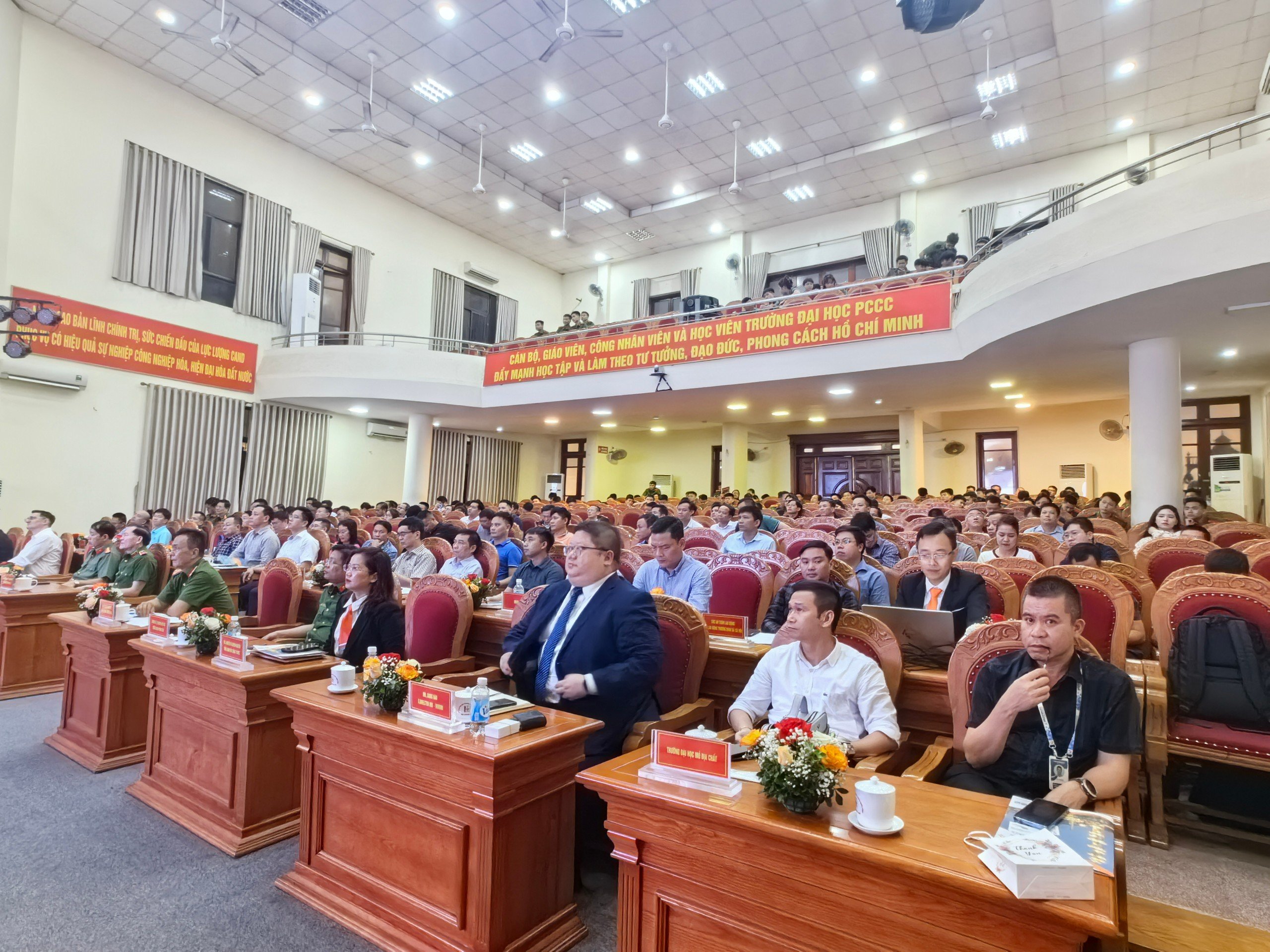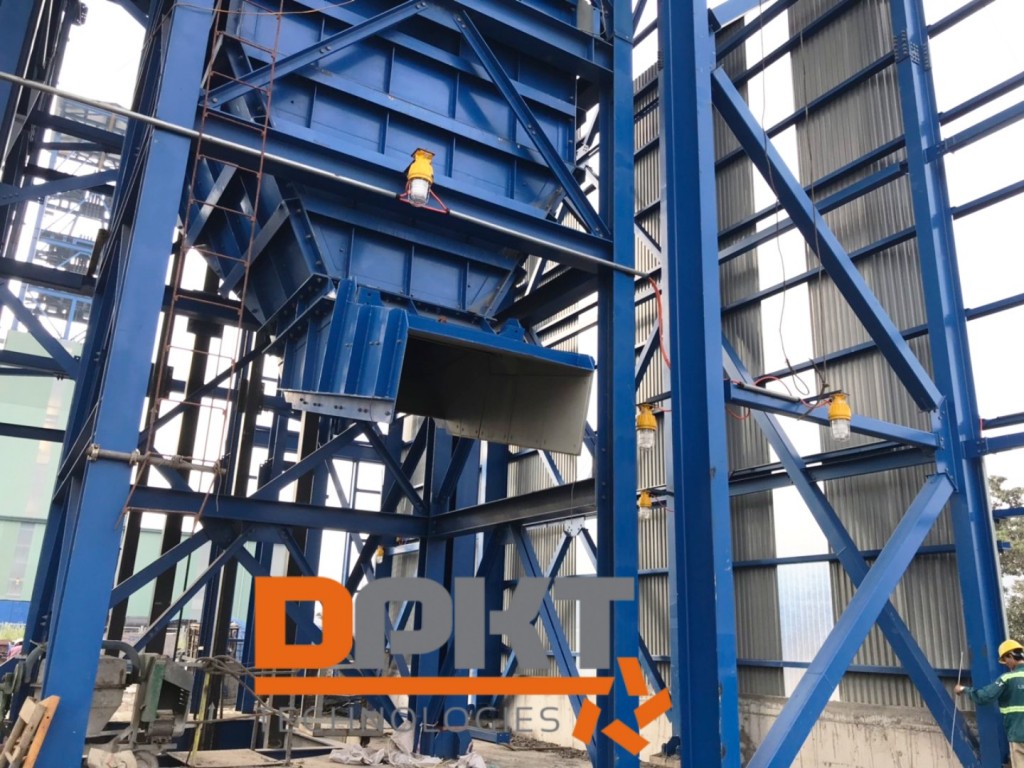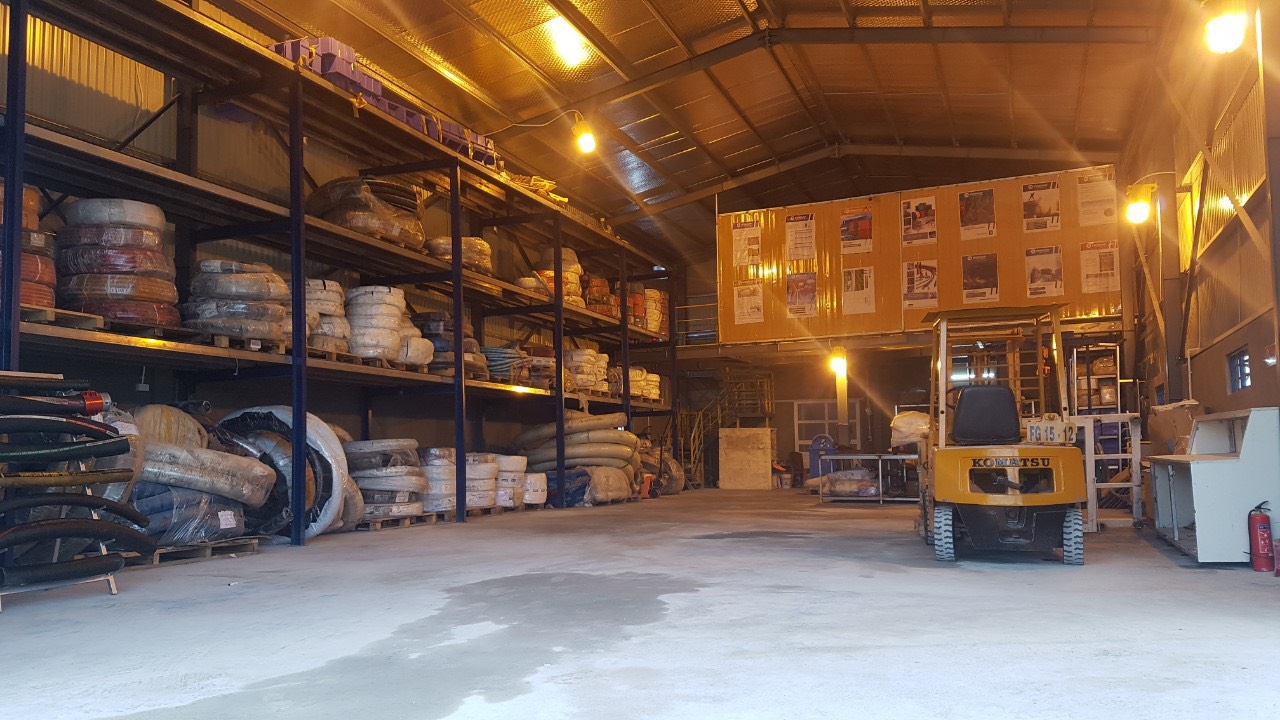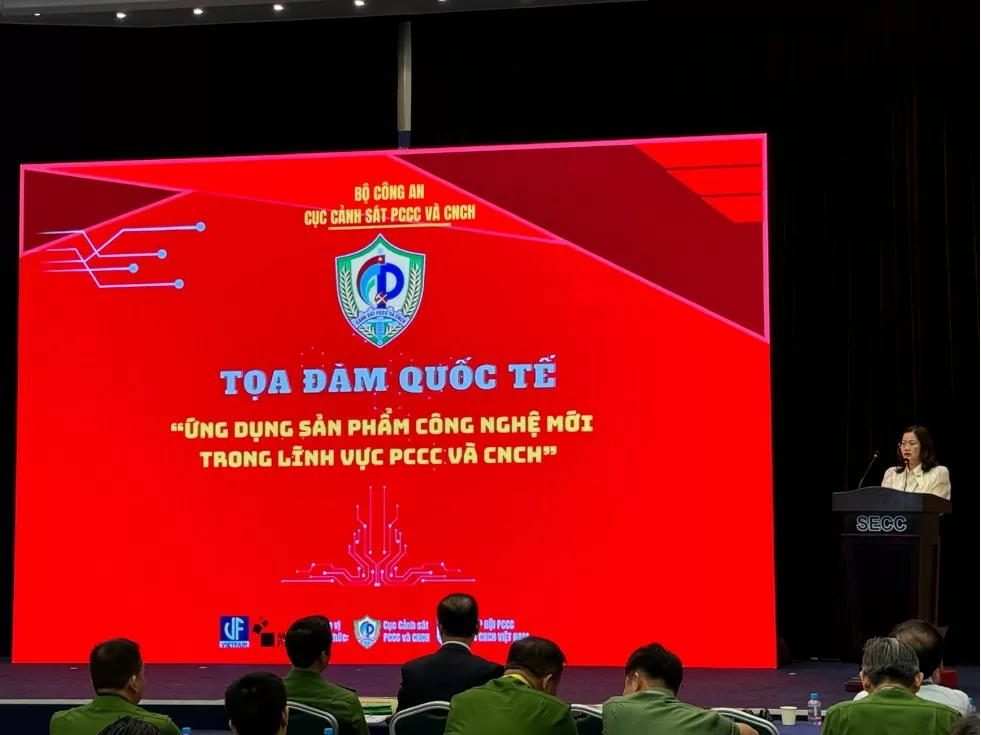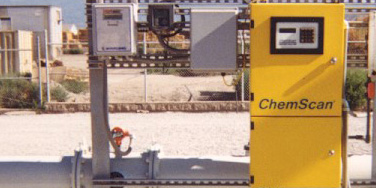
Background
Wastewater can contain substantial inorganic phosphorous resulting from synthetic detergents, industrial processes, and high phosphate raw water. Industrial wastewater may contain a variety of phosphate compounds. (Some industrial waste may not contain sufficient phosphorous to promote the growth of the organisms used in wastewater treatment. See the application summary entitled “Nutrient Balancing” for a discussion of this issue). Polyphosphates gradually hydrolyze in wastewater and revert to orthophosphate form. This reversion is a function of pH, temperature and the presence of bacterial enzymes.
Many wastewater treatment plants are required to remove phosphorous during the treatment process. This is done in order to inhibit the formation of algae and cyanobacteria in surface waters by limiting the amount of this essential nutrient in the treated wastewater.
Treatment Practices
There are two basic approaches for removal of phosphorous from wastewater. One approach relies on naturally occurring microorganisms that release stored phosphorous under anaerobic conditions and subsequently remove soluble phosphorous under aerobic conditions. (For additional discussion see the application summary entitled “Biological Phosphorous Removal”.) The other approach uses chemical addition of metal salts to the of soluble phosphorous to form an insoluble precipitate which can be removed by sedimentation or filtration (chemical phosphorous removal). Some biological phosphorous removal processes also have supplemental chemical phosphorous removal capability for tertiary treatment.
Chemical Phosphorous Removal
Coagulants such as aluminum sulfate (alum), lime, ferrous sulfate, ferric chloride or organic polymers are typically added to the wastewater in a rapid mix tank, followed by flocculation to form a precipitate with soluble phosphorous. One strategy is to add coagulants to the raw wastewater as it enters the plant, with sedimentation in the primary clarifier. If this is done, care must be taken to assure that sufficient phosphorous remains after sedimentation so that biological treatment of the wastewater is not inhibited during subsequent stages of treatment.
Another strategy is to add the coagulant in the activated sludge aeration tank, where the agitation from aeration can provide flocculation of the phosphate precipitate. The resulting floc is removed in the secondary clarifier.Coagulants can also be added in a separate tertiary treatment process, which can include chemical addition and mixing, followed by tertiary sedimentation or filtration.
Control Issues
The most important component of a control strategy for chemical phosphorous removal is the calculation of coagulant dosage. Dosage rates for aluminum salts or for iron salts are based on the molar ratio of available metal ion to phosphorous.
Insufficient coagulant dosages can produce an effluent with excessive turbidity, but excessive coagulant dosage can also produce the same result. Surplus coagulants can also have an adverse effect on disinfection processes, by exerting an oxidation demand. Also, surplus metal salts can coat ultraviolet disinfection tube surfaces. Thus, it is important that the process be well controlled. Proper control is difficult to achieve using manual techniques such as grab samples and periodic jar tests. There are several reasons for this difficulty
The monitoring strategy will depend on the chemical addition point and on the control strategy to be employed. orthophosphate should be monitored on-line at frequent intervals from a point in the process prior to coagulant addition. The sample point should be after the point at which polyphosphate has been fully converted to orthophosphate. This is usually not at the headworks, but after primary clarification or immediately after influent addition to the aeration tanks. Filtration of suspended solids may be required prior to analysis, but should not affect accuracy, since the soluble phosphate is the parameter of interest. if there is a question about the conversion of polyphosphate to orthophosphate, a study should e performed to characterize total phosphate and orthophosphate as separate parameters and to assure a high ortho to total phosphate ratio prior to treatment.
The orthophosphate concentration can be used to pace a stochiometric feed rate for metal salt coagulants, if the metal salt product being used can be relied upon to be a consistent source of metal ions. A sample point following coagulation can be selected to monitor the efficacy of the coagulation process. The sample point may be the mix tank effluent or the effluent from sedimentation or filtration. Orthophosphate measured at this sample point represents the fraction of dissolved phosphate that remains after coagulation. orthophosphate residual following coagulation can be used as the measured parameter for feedback control. Feedback control is the preferred strategy and is the easiest to operate and maintain.
If the sample point is after sedimentation or filtration, an additional measurement can be made to assure that precipitate floc is not being carried over into the effluent. This can be done by measuring either total phosphorous (using an acidified sample) or by monitoring turbidity.ChemScan Process Analyzers can be used to monitor total dissolved phosphorous and/or dissolved orthophosphate from sample points before and after coagulation.

